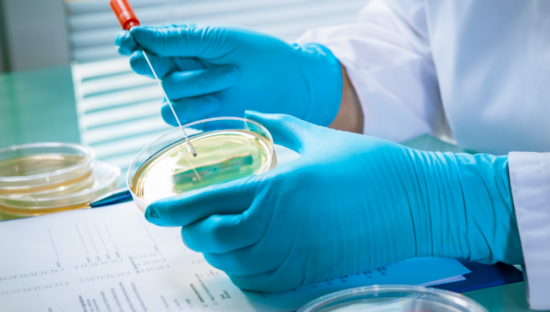Listeria monocytogenes is a microscopic organism responsible for foodborne illnesses that frequently result in death. Recently published research shows how it can multiply up to seven-fold on food contact surfaces in production plants when it forms biofilms.
Biofilms grow from a variety of substances such as bacteria, fungi, and algae. They attach to surfaces in moist environments and form a protective layer of slimy, sugary substances.
In an experiment on biofilms and Listeria monocytogenes, researchers found that after cycles of plastic surface colonization, biofilm formation, dispersal and attachment to new surfaces, evolved variants (EV) strains were isolated and found to produce up to seven-fold more biofilm than their respective ancestral (AN) strains. The research was published in the journal Science Direct.
Biofilms are very difficult to remove and standard cleaning and sanitization processes have been found inadequate. This combined with the fact that Listeria itself is very difficult to eradicate makes Listeria biofilms particularly dangerous. The bacteria and biofilms can attach to a variety of food contact surfaces, including plastic, stainless steel, other metals and glass.
“This structure can then develop into a complex architecture attached to the surface, and single cells or aggregates of cells may subsequently disperse from the formed biofilm and colonize other surfaces,” according to the researchers.
“It is widely recognized that bacteria in natural and industrial settings are mostly present in surface-associated communities, which represents a key strategy for the colonization and persistence in different environments.”
The researchers reported that biofilms contribute to microbial persistence in adverse and stressful conditions, such as food processing environments, because they protect the embedded bacteria from desiccation, antimicrobials and sanitizing agents. Also, Listeria monocytogenes is known to form multispecies biofilm in food producing environments, which may also affect its survival upon surface disinfection.
The difference between biofilm formation between ancestral (AN) strains and evolved variants (EV) strains occurs very quickly — within two hours of incubation — according to the researchers.



